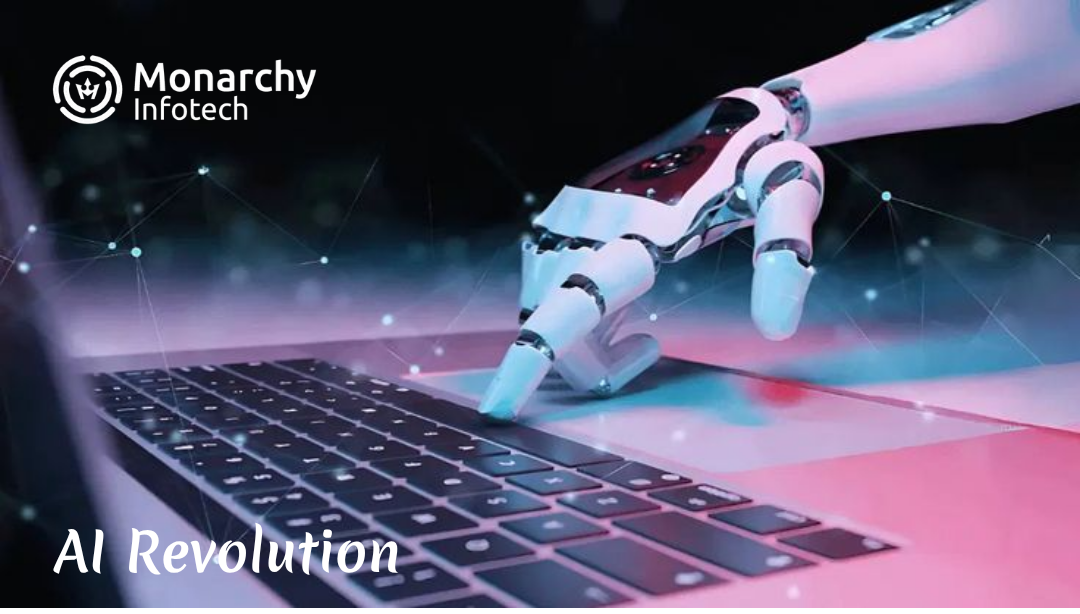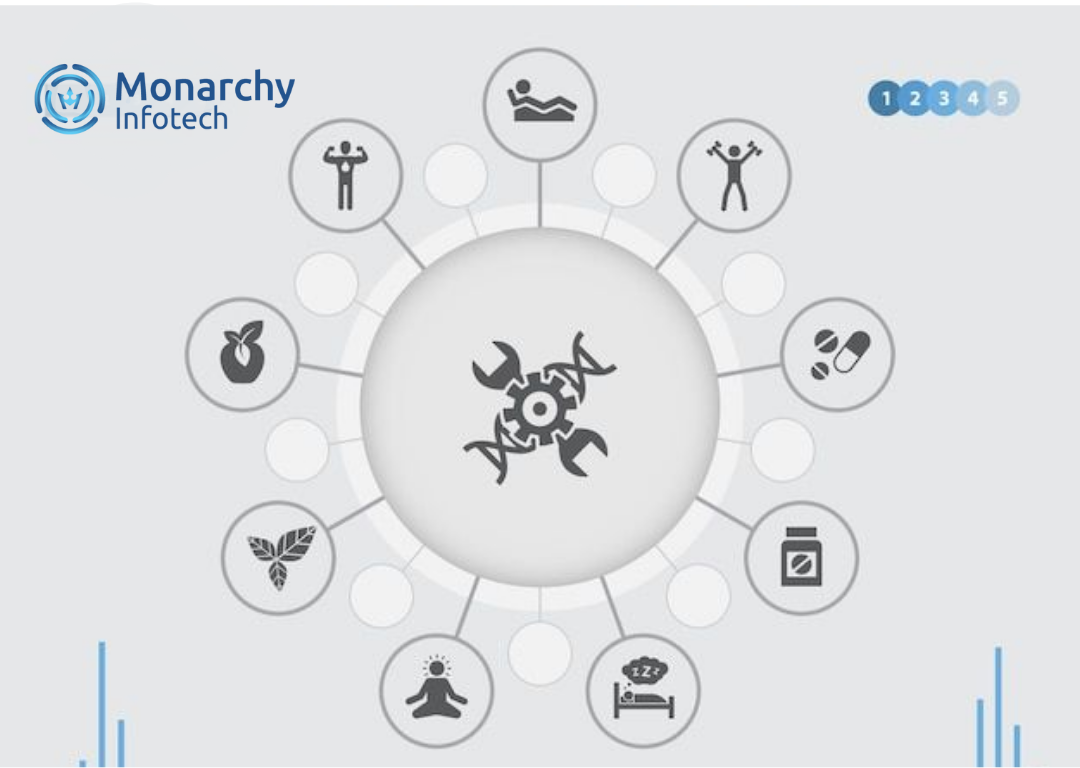Edge AI is subtly revolutionizing how technology engages with the physical world—processing locally within devices rather than through the cloud. The quiet revolution is rendering systems quicker, more intelligent, secure, and efficient in various sectors such as healthcare, manufacturing, retail, and autonomous cars. As data privacy grows and real-time processing becomes a must, Edge AI is becoming the foundation for a more responsive and smart digital era.

The Silent Revolution: How Edge AI Is Reshaping Everything
The Quiet Revolution: How Edge AI Is Changing Everything
In a world of cloud computing and centralized data processing, a more subdued, more immense change is in the making—Edge AI. It isn't booming like ChatGPT or gaudy like humanoid robots. Rather, it's working quietly in the background, smarter making our devices, faster our systems, and safer our data. This is the quiet revolution transforming the way the world functions, microsecond by microsecond.
What Is Edge AI?
Edge AI is the implementation of artificial intelligence algorithms on hardware devices—on the "edge" of the network, closer to the origin of data. Rather than being sent to the cloud or a faraway server for processing, devices such as smartphones, drones, factory sensors, or intelligent cameras process information locally in real time.
picture a surveillance camera that doesn't merely capture video but inspects suspicious behavior in real time—or a driverless car that interprets environments without the need for internet access. That's Edge AI at work.
Why Edge AI Is Relevant Now
The explosion of IoT (Internet of Things) devices and the need for real-time decision-making have revealed the constraints of cloud-based AI:
- Latency: Cloud communication may be seconds, which is intolerable for mission-critical use cases such as autonomous transport or robotic surgery.
- Bandwidth: Streaming large amounts of data perpetually is wasteful and costly.
- Privacy & Security: Having sensitive information on-device minimizes threats of leaks and breaches.
Edge AI addresses all of this by providing speed, efficiency, and privacy—without compromising intelligence.
Core Industries Being Revolutionized
Automotive & Transportation
Autonomous vehicles depend significantly on real-time data. Edge AI enables real-time decisions—such as braking or lane changing—without cloud latency. It's not only about safety, it's survival.
Manufacturing
In intelligent factories, Edge AI anticipates machine breakdowns, streamlines processes, and minimizes downtime. It facilitates on-the-spot predictive maintenance and quality checking, enhancing efficiency and reducing cost.
Healthcare
From smart health monitors to AI-based diagnostic equipment, Edge AI is enhancing patient care by processing information locally. It provides real-time alerts, minimizes dependence on internet connectivity, and promotes improved privacy compliance (e.g., HIPAA, GDPR).
Retail
Smart shelves, targeted advertisements, and frictionless checkout systems are all powered by Edge AI. Retailers are employing it to measure foot traffic, manage inventory, and improve customer experiences—everything in real time.
Defense & Aerospace
Drones and surveillance equipment increasingly rely on edge intelligence to detect targets, evaluate threats, and function autonomously—where connectivity isn't present at all.
Real-World Example: The AI in Your Pocket
Your smartphone already employs Edge AI. Face detection, voice recognition, and real-time photo filters all occur on-device. Apple's Neural Engine and Google's Tensor chipsets are meant exactly for this.
Challenges Ahead
Even with its advantages, Edge AI is not without challenges:
- Hardware constraints: Devices require sufficient processing capability to execute AI models on-device.
- Model reduction: AI models need to be reduced in size and more power-efficient to function on the edge.
- Security vulnerabilities: As local processing enhances privacy, it demands strong on-device security.






